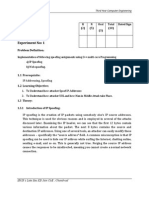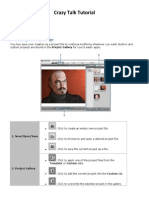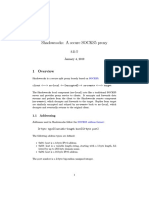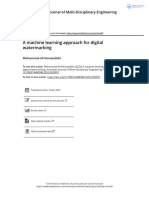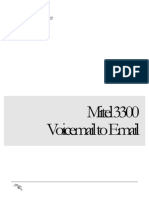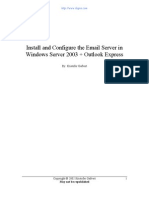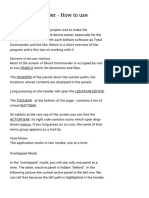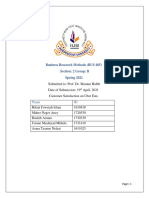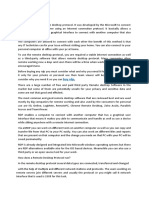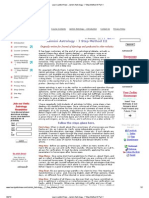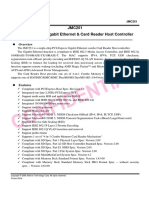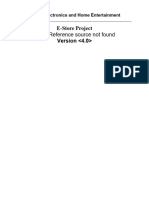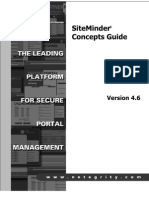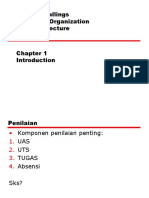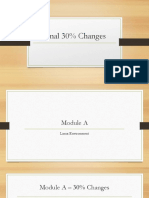0% found this document useful (0 votes)
28 views9 pagesHow To Use Remote Desktop
This guide provides a comprehensive overview of using Remote Desktop technology for secure and efficient remote access to another user's machine, primarily focusing on Microsoft Windows' built-in Remote Desktop. It outlines necessary preparations, system requirements, setup procedures, and best practices, while also mentioning alternative tools like TeamViewer, AnyDesk, and Chrome Remote Desktop. Key considerations include obtaining permissions, ensuring proper network access, and following security protocols during remote sessions.
Uploaded by
mrsms1Copyright
© © All Rights Reserved
We take content rights seriously. If you suspect this is your content, claim it here.
Available Formats
Download as DOCX, PDF, TXT or read online on Scribd
0% found this document useful (0 votes)
28 views9 pagesHow To Use Remote Desktop
This guide provides a comprehensive overview of using Remote Desktop technology for secure and efficient remote access to another user's machine, primarily focusing on Microsoft Windows' built-in Remote Desktop. It outlines necessary preparations, system requirements, setup procedures, and best practices, while also mentioning alternative tools like TeamViewer, AnyDesk, and Chrome Remote Desktop. Key considerations include obtaining permissions, ensuring proper network access, and following security protocols during remote sessions.
Uploaded by
mrsms1Copyright
© © All Rights Reserved
We take content rights seriously. If you suspect this is your content, claim it here.
Available Formats
Download as DOCX, PDF, TXT or read online on Scribd
/ 9






